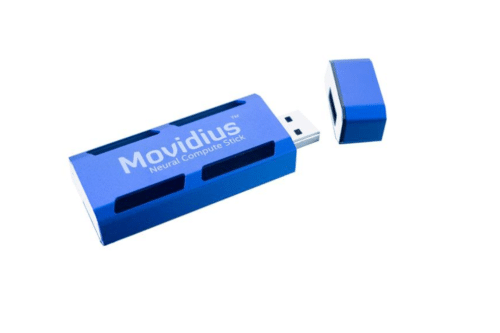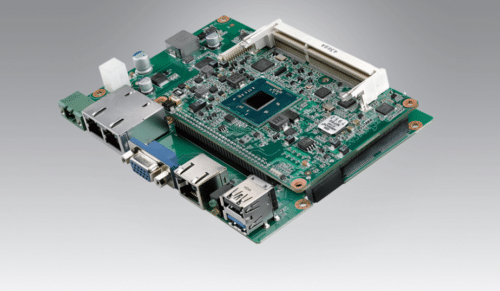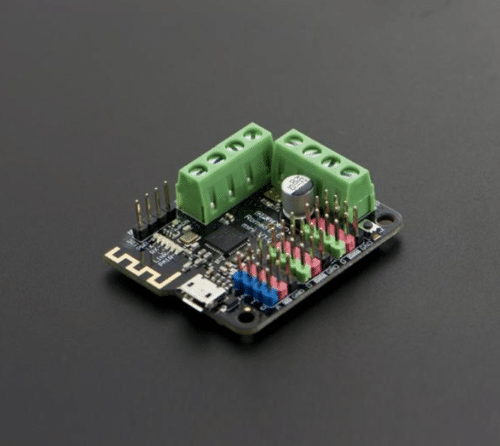If we had talked about flying machines that could independently provide surveillance of remote areas thousands of miles away and beam back pictures in real time a few years ago, we would have been describing a science-fiction book or movie. However, unmanned aerial vehicle (UAV) – often referred to as “drone” – technology has moved on significantly in recent years. Currently drones are being used for commercial and military uses as well as hobbies by members of the public. Coupling drone technology with artificial intelligence (AI) is starting to happen, allowing for fully automated surveillance, delivery of small items and military surveillance.
Drones Today
We seem to be approaching a tipping point where we will move from drones being primarily human-controlled, to a world where AI takes the lead. This new breed of drones will be able to make basic decisions to enable them to carry out the assigned task. These new drones will be highly automated and will fly with little, if any, input from the ground. In fact, some are referring to them as “flying robots” – or using the term “dronebots.”
One basic function of a drone is to avoid obstacles in its path, whether this is something fixed or moving – such as another drone or a bird. Many current drones, including some from DJI, Yuneec and others, include sensors that can detect objects in any direction. In Germany, drone manufacturer Ascending Technologies is using advanced technologies including laser scanning, ultrasonic sensors and thermal cameras to detect and avoid objects in the drone’s path.
Flying in the Right Place
Virtual fences can be created using a technique known as “geofencing” that combines global positioning system (GPS) technology with localized RFID (LRFID) such as Wi-Fi or Bluetooth beacons. This technology is already in use in farming, where livestock are equipped with collars that contain details of the geofence. In industry, vehicle fleet operators are able to monitor vehicles, especially those carrying vehicles. It is also being used as an alarm to prevent the theft of expensive robotic lawnmowers. Users can configure the area they want to have fenced, usually via an app on a mobile device, and should the drone/animal/vehicle being tracked leave the area, an alert is given.
Drone incursions into controlled airspace have been newsworthy recently, with the UK’s second-largest airport being closed due to illegal drone activity. Data relating to “no-fly” zones can be pre-programmed into drones and any changes implemented via mandatory updates. As a result, drone operators may be subject to geofencing without even being aware of it. Multiple geofences can be loaded into any device, and these can be three-dimensional, specifying not only the longitude and latitude but also the elevation – which is particularly useful with the way airspace restrictions are defined.
Development Support Tools
Drones are complex systems, requiring a number of disciplines to complete a design, and adding AI into the mix increases the challenge for designers. Fortunately, manufacturers are offering a number of tools that provide platforms for designers to base their drone designs on, somewhat easing the task.
Intel is basing its Intel Aero ready-to-fly drone development platform on its quad-core Atom processor-based Aero compute board. The system provides sufficient memory to develop applications while consuming relatively little power – ideal for battery-powered drones. The package is presented as a complete drone that includes a controller, drone airframe, motors, transmitter, receiver, GPS and a battery. Designers only need to charge the battery to start flying.
Alongside the complete hardware, a number of software tools are included such as Intel’s proprietary RealSense™ depth-sensing technology, AirMap software development kit and Dronecode PX4 – all of which speed up the development process.

Based on the low-power, high-performance Movidius visual processing unit (VPU), Intel’s Movidius neural compute stick (NCS) is a compact USB drive that supports the task of programming deep-learning AI. Included within the device is support for convolutional neural network (CNN) profiling and the ability to prototype algorithms. The device is powered directly from the USB port that is used for data transfer, and the device can be used standalone, without an internet connection. For high-performance applications, multiple devices can be run in parallel.

3D position sensing is a critical function for drones. Bosch’s BMI088 inertial measuring unit (IMU) is specifically designed for drones and other high-vibration applications such as robotics. The IMU combines a 16-bit tri-axial gyroscope and a 16-bit tri-axial accelerometer in a compact PCB-mount 3mm x 4.5mm x 0.95mm LGA package, providing full six-axis motion sensing. The rugged device is suitable for the harsh drone environment and can cope with rapid thermal fluctuations and mechanical impacts.
Increasingly, drones need sophisticated processing capability to be able to fly as well as to process data, especially the video feed from the camera. Advantech recently launched the MIO-6300, a system-on-chip (SoC) board based on a quad-core Intel Celeron N2930 processor. The system can be used for robotics applications and includes an EtherCAT master controller within its 146mm x 102mm footprint along with high-performance graphics capability. Despite offering an embedded DDR3L 1333MHz supporting up to 8GB, Gen 7 DirectX®11 support, dual independent display (18/24-bit LVDS, with VGA resolution), Gbit Ethernet connectivity, plus embedded software APIs, the MIO-6300 is frugal with power.
The whole system is designed to work in harsh environments with a PCB that is stable through temperature fluctuations and solid capacitors that are more robust than electrolytic types. The system has been qualified to MIL-STD-202G/MIL-STD-810G for vibration resistance.

DFRobot’s RoMeo BLE Arduino robot control boards offer two versions (RoMeo BLE and RoMeo BLE Mini) both of which are based on the popular Arduino open-source platform. At the heart of the system is an ATmega328 microcontroller and Texas Instruments CC2540 IC. A two-way DC motor driver is integrated, allowing control of motors directly for robots or drones. Bluetooth capability adds simple communications, including the ability to transfer revised code wirelessly.
As part of the Arduino system, a wide range of shields are available and Gravity series sensors/actuators can be used to expand the system along with any of the multitude of sensors that can be plugged directly into RoMeo devices.

The impact of AI on our lives will be significant and largely positive. In fact, AI is already in use in multiple areas, and its sophistication means that often people do not realize AI is involved. Today’s almost entirely manually operated drones will soon include AI to allow them to operate even more autonomously and over greater distances, enabling use in remote applications such as pipeline surveying.
In the same way as AI will make driverless cars safer, it will largely eliminate the human element from drones – ensuring near-100% safety through identifying static and dynamic obstacles as well as rigidly implementing the necessary geofencing.








